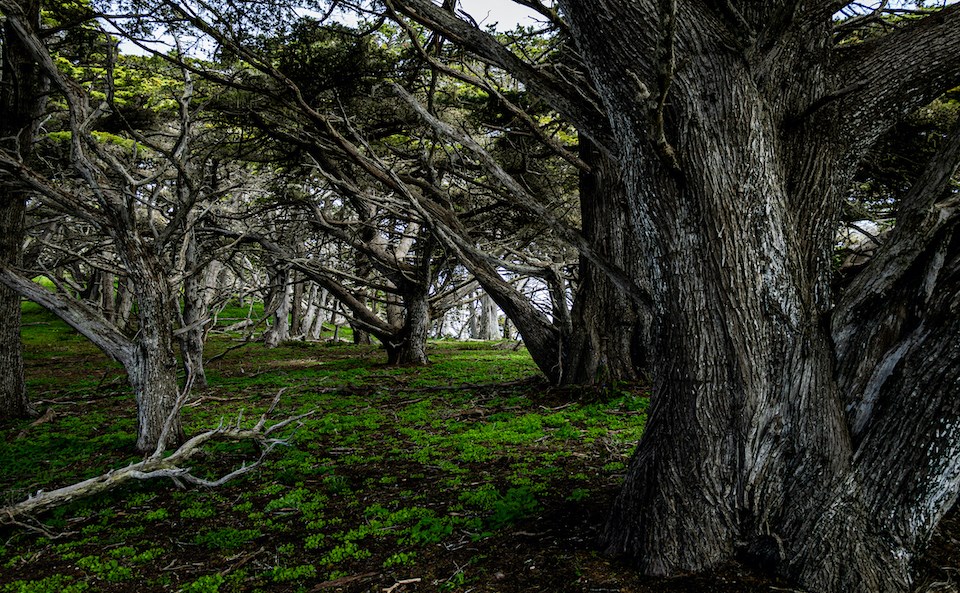They may look like your average tree, but "zombie trees" pose an immediate threat to people.
Richard Hamelin, a professor of forestry at the University of British Columbia (UBC), says the rotting trees can be characterized as "walking dead" trees since they appear healthy but may fall unexpectedly.
On the outside, "zombie" trees look healthy. But fungi have invaded them and are consuming them from the inside.
"Eventually these trees become dangerous as they lose their structural support and are hollowed inside and can snap or break," he told V.I.A.
While they appear healthy, there is often a visible clue on the outside of the tree that indicates whether it has "turned" into a zombie.
Mushrooms growing on the bark of the tree trunk, even ones growing at the base, are a tell-tale sign. Some of them are "shelf fungi," which are "a woody mushroom shaped like a hoof growing right on the bark that are a sure sign of a zombie tree," explains Hamelin.
"Once you see the fungus growing outside, it means that the fungus mycelium (the fungal network) is abundant inside the tree, consuming it from inside."
It can be more difficult to spot when certain tree species have transitioned. For example, the western red cedar can be "completely hollow with no visible mushroom on the outside" and its foliage will look perfectly green. Once you cut the tree or it falls, however, you'll see that the trunk is hollow since "the fungus has consumed its insides," Hamelin describes.
Can any tree become a "zombie" tree?
While any tree can join the ranks of the un-dead, older ones are more likely to fall prey to the curse of the fungi.
As trees age, a larger part of them becomes composed of heartwood -- the part of the tree at the centre of the stem. And when trees turn zombie, fungi attack and grow in their heartwood, which is bigger in older trees.
The fungi also need an entry point to the tree, whether that is through a broken branch or a bark injury, but older ones tend to have incurred more of these over the years.
Once they have turned, however, they can be dangerous, resulting in several fatalities each year. Metro Vancouver parks and city officials regularly remove them to lower the risk that someone will get hurt, particularly trees located along trails, near picnic tables, parking lots, and other pedestrian-frequented areas.
"Every year people die from being crushed by these trees," Hamelin remarked. "People sometimes get upset when the city removes these trees, but those in charge know how to recognize these trees and understand that they pose a danger."
People who think they have a zombie tree on their property should also seek an expert's opinion on whether it poses a risk.
Some trees make a comeback
The name Zombie comes from Haitian voodoo folklore and refers to an "undead" creature. However, "zombie" trees are not really undead and are rather just slowly dying from the inside.
But some trees literally do come back from the dead.
In Stanley Park, the hemlock looper moth attacked some trees to the point that they were completely brown. "For two years I was convinced that they were dead, since they were brown and all their needles were dead. But this year, they sprung back to life! They have a nice green sheen telling me that they came back to life. These are real zombie trees!" Hamelin remarks.
Zombie trees are often called by a couple of other names due to their risky structure, too.
"In forestry, zombie trees are often called ‘widow makers’ or ‘fool killers.' That is because unsuspecting forestry workers who try to cut them can be killed when these weakened trees snap and fall on the worker," he said.
Keep in mind that the Metro Vancouver weather has an effect on fungi growth; you are more likely to encounter zombie trees in the spring and fall when temperatures are slightly milder but conditions are moist.




